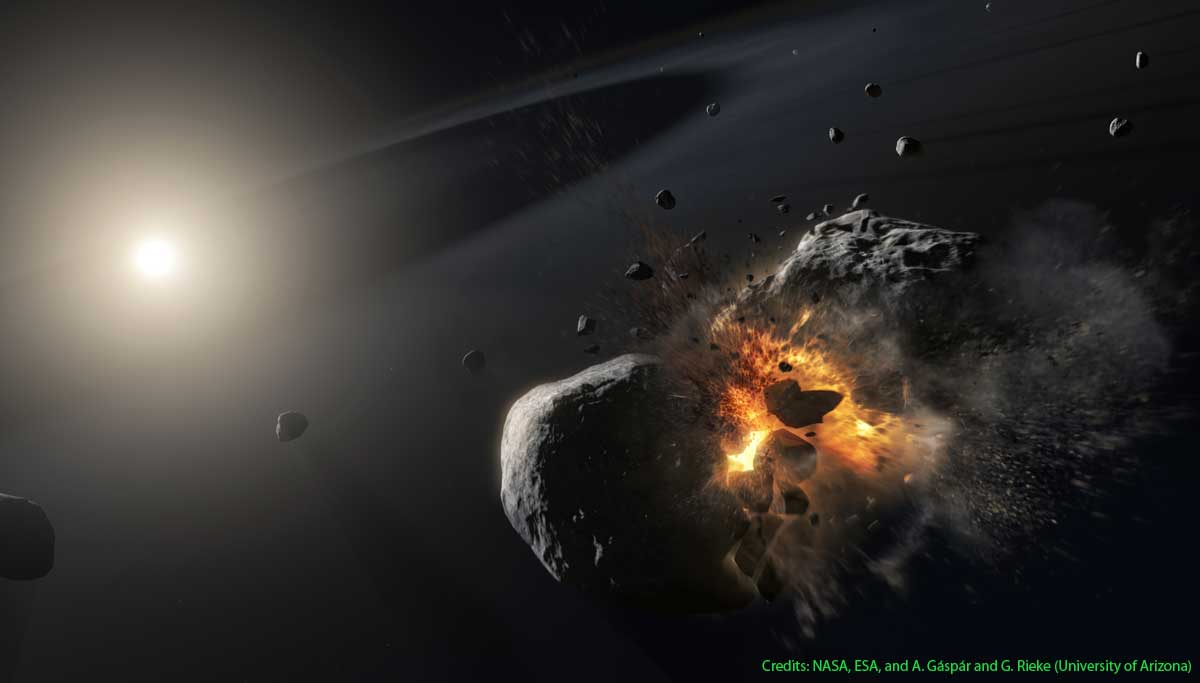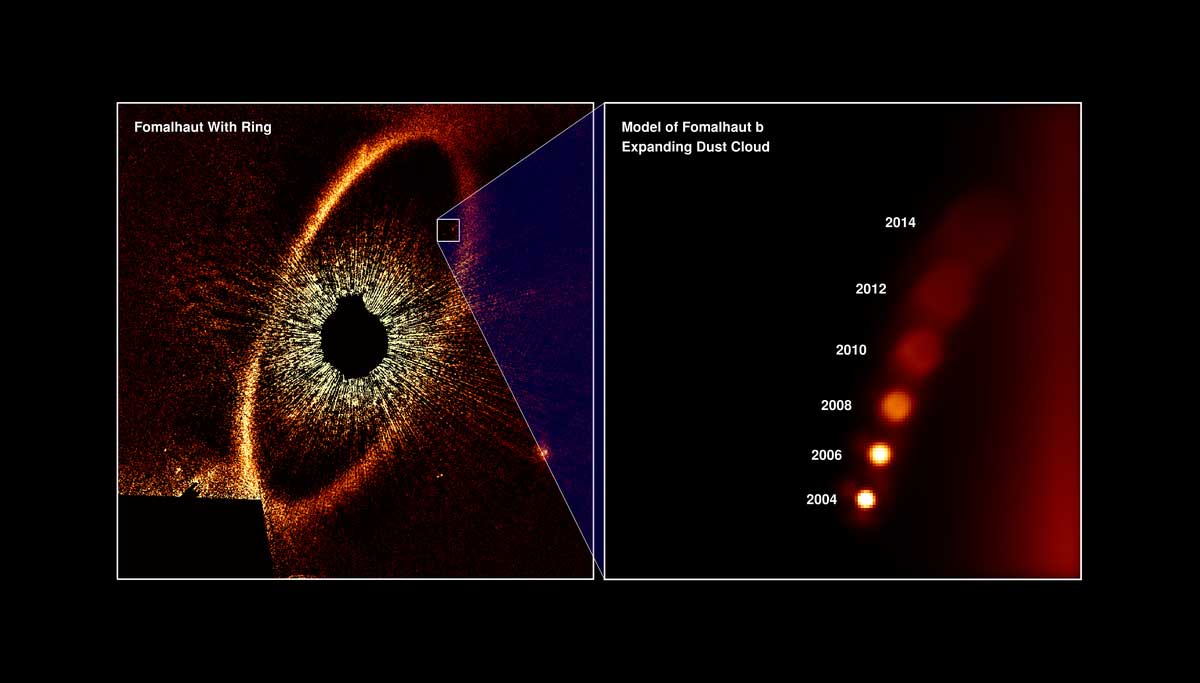ads
National Academy of Sciences puts an End to the Mystery of the Disappeared Exoplanet
Daniel McCarthy (Author) Published Date : Apr 24, 2020 17:28 ISTScience
A space detective story of a ghost planet told for the past 15 years ends now with a new twist. A study published in the PNAS or Proceedings of the National Academy of Sciences puts an end to the mystery of the disappeared exoplanet. With a robust model demonstrating its twist of the exoplanet that never existed in the first place is its confirmation now.
The Science journal published in 2004 findings of astronomers of the University of California Berkeley. Their astronomer Paul Kalas and his colleagues found direct evidence of an exoplanet moving around the star about 25 light-years away from the earth.
At that time, it was a rare feat for many astronomers to directly see the Fomalhaut b planet in optical light out of the solar system. Kalas and the team used NASA's Hubble Space Telescope to observe the Fomalhaut b appearing as a bright dot moving across the sky. But the mystery was it disappeared ten years later in 2014.
Many scientists for the past six years were struggling to solve its mysterious disappearance. And many were even able to say that is was not a planet at all. But they had no solid explanation or model to support their claim.
And it is now the turn of the science team at the University of Arizona to solve the mystery with a robust model to support their theory. They found that what Kalas and team saw in 2004 and 2006 was not a planet but a large cloud of icy debris, which is the leftover of a recent violent collision between two planetary fragments.

George Reike is the co-author of the published study and is at the University of Arizona's Steward Observatory and has access to the James Webb Space Telescope. This telescope is the successor to the Hubble telescope and to get off the ground by NASA in 2021.
While searching the data, Reike found that the light of the mystery planet Fomalhaut b was fading. And that started their team to develop a model to demonstrate two big space rocks smashing into each other. It was a definitive explanation of their theory of Fomalhaut b was not a planet at all in the first place.
National Academy of Sciences puts an End to the Mystery of the Disappeared Exoplanet
